Art + Art = Crowded?
DHS sets itself apart from other schools in a multitude of ways. It has an exemplary music program, sports program, and a plethora of Advanced Placement classes that offer insight into college curriculums as well as possible college credit.
Not to be forgotten is the school’s art program. Considering that having art classes in schools has been a battle for years, the diversity in the provided courses at DHS is notably impressive. Among the basic courses are Jewelry Making, Ceramics, Fashion, Digital Photography, Photoshop Basics, and the foundation class of Art 1. Then the program progresses gradually to classes such as Darkroom and Art 2. At the top of the chain is the most advanced of the classes: Portfolio, AP Studio Drawing, AP 2D, AP Digital Photo, and AP 3D. These courses, particularly the Advanced Placement ones, help prepare for applying to college, not only by developing skills, but by allotting class time, teacher assistance, and art supplies to create a portfolio.
This year, however, a change was made to the scheduling of the art classes. Portfolio and the AP Arts were combined into a single 22 person class, garnering various reactions from both students and the teacher of the class, Christine McFee.
“I think it’s tough for one teacher to command two classes at once,” said senior Lila Hamilton. “Especially two classes with different goals and subject matter.” Sure enough, as alike as Portfolio and AP Art may seem at first, they have completely different endgames.
The object of AP Art (whether it be Studio Drawing, 2D, or 3D) is to submit a 24-piece portfolio to the College Board at the end of the year for the AP Exam. With that amount of artwork needing to be completed, the class needs to move at a significantly greater speed than Portfolio, which does not require a specific number of pieces completed by the end of the semester.
Another concern is the difficulty that coincides with teaching multiple classes at once. “I feel like Mrs. McFee is always busy with another student and there’re so many of us it’s hard for everyone to get the attention and help we need,” said senior Kailey Humason.
Despite the notion that the courses center on independent work due to their advanced status, in actuality, a great amount of assistance is needed from the teacher to make the work as successful as it can be. When students are left waiting for Mrs. McFee’s advice or approval, time is being wasted from their ability to work, although she tries her best to get to everyone in the short amount of time.
Overall the situation doesn’t particularly bother junior Nina Lamarre, except for the effect it has on the teacher. “My main issue is that it puts a lot of stress on Mrs. McFee. She seems to be spread pretty thin with trying to instruct everyone. It isn’t fair to her to have to work twice as hard when non-art teachers only have to teach one class at a time.”
From Mrs. McFee’s perspective, it’s a challenging task, one that she has dealt with in the past. “I’ve had it merged before, and while I try my best to keep both classes running properly, they’re two different classes with two different curriculums,” she said. “So far, the first few weeks are fine because they’re doing similar projects, but as AP students delve into other mediums and are more independently driven, space in the room will be a little tricky, as well as there being some difficulty in sharing supplies.”
Mrs. McFee expanded on the situation.
Had the classes not been combined, there was a possibility that neither class would have run, due to less than the desired number of students filling up each class.
“While it is not the best case scenario to merge the courses, I did agree to it in order for them both to run,” said Mrs. McFee. “A little inconvenience on my part is worth it if it means the students have access to both courses this year.”





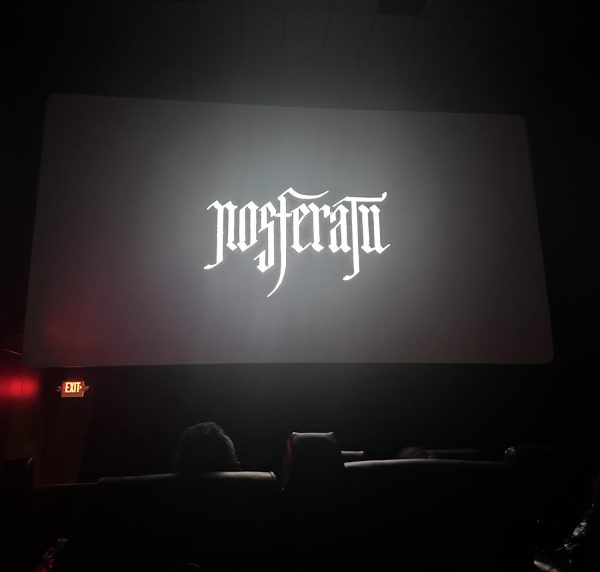
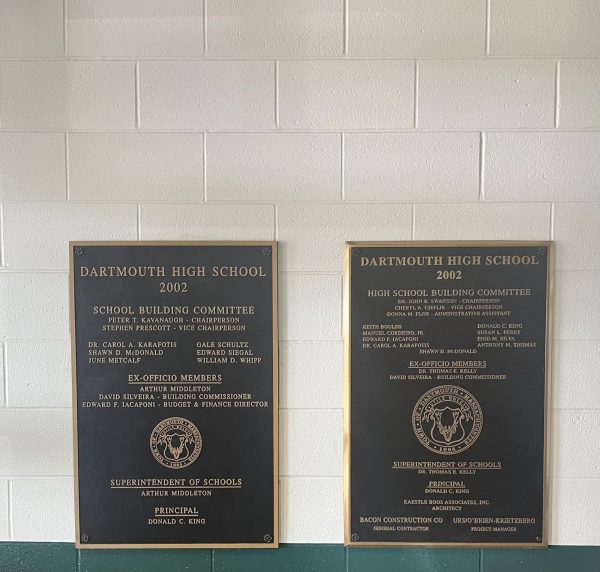
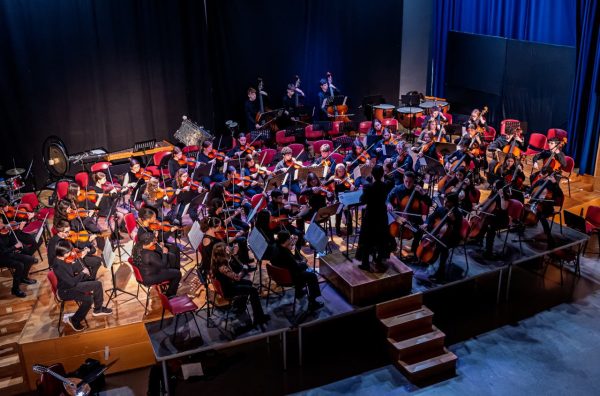
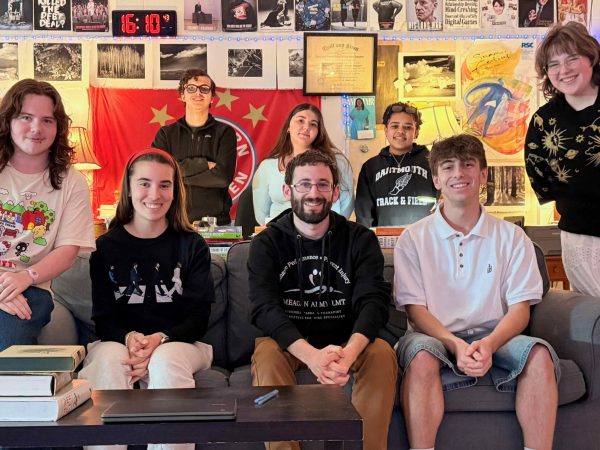
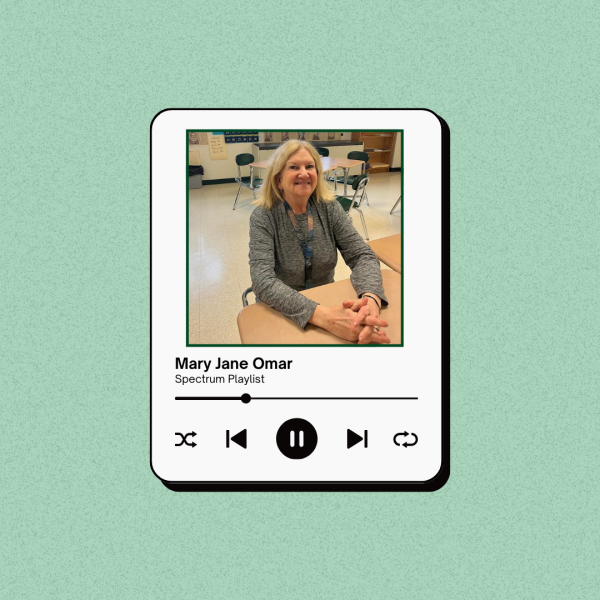


Nicole Sheahan • Oct 3, 2017 at 6:38 pm
First, I echo Mr. Brodsky’s thanks to Ms. McFee, a tried and true DHS staff member who gives so much of herself to our students.
I also want to point out that other teachers deal with this situation (Journalism 1+2, Theatre Arts 1+2, and I believe several world languages have had to run different levels within one class). In each situation, administration and teachers have worked together to offer students as many opportunities as possible. As Ms. McFee noted, either both or at least one of the art courses wouldn’t have run if not in this format. I’m sure that’s what would happen in some schools.
The situation is DEFINITELY a burden on the teachers, and I hope students take time to thank and appreciate the ones who make this work the best they can.
sam brodsky • Sep 30, 2017 at 7:46 am
thanks ms mcfee!